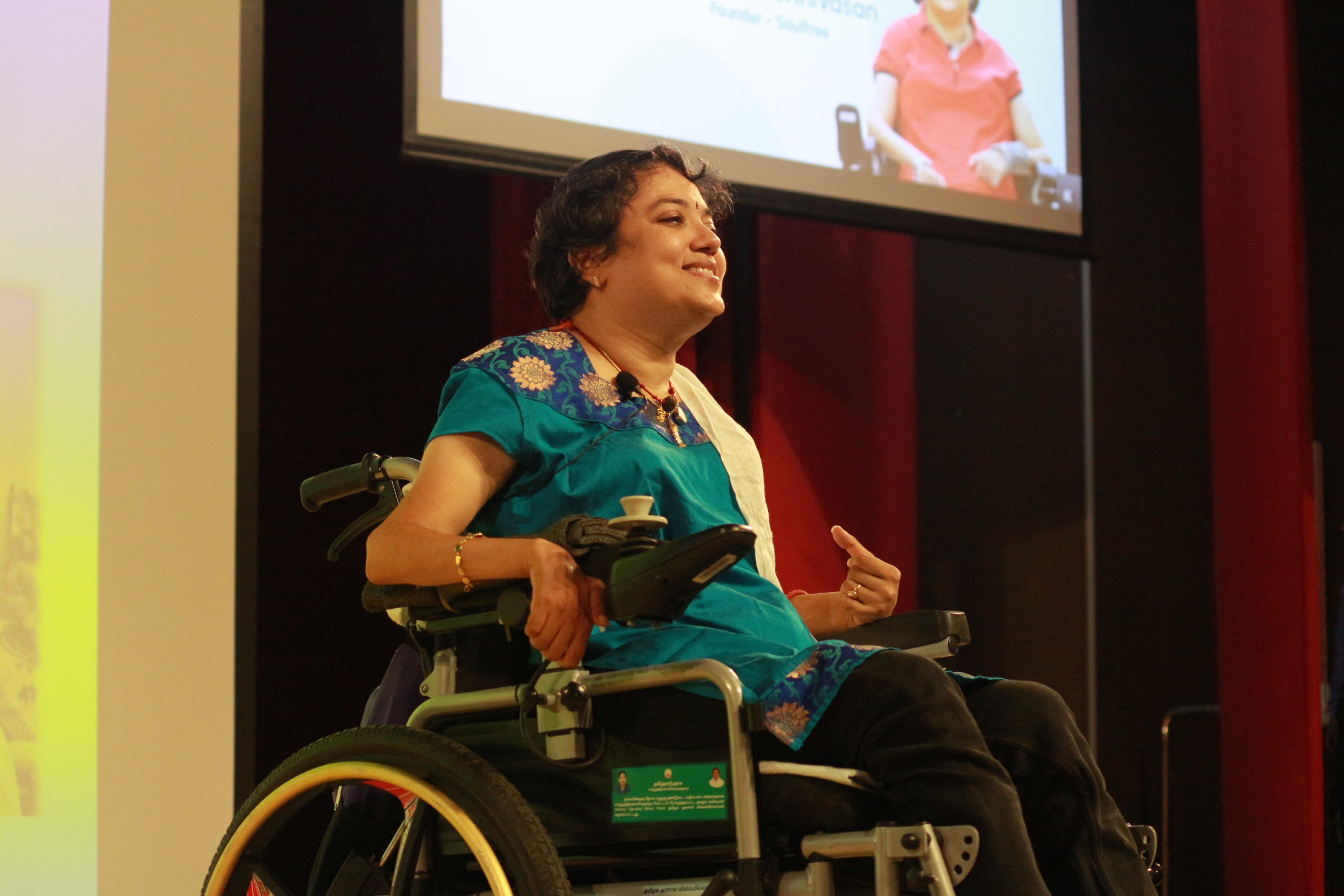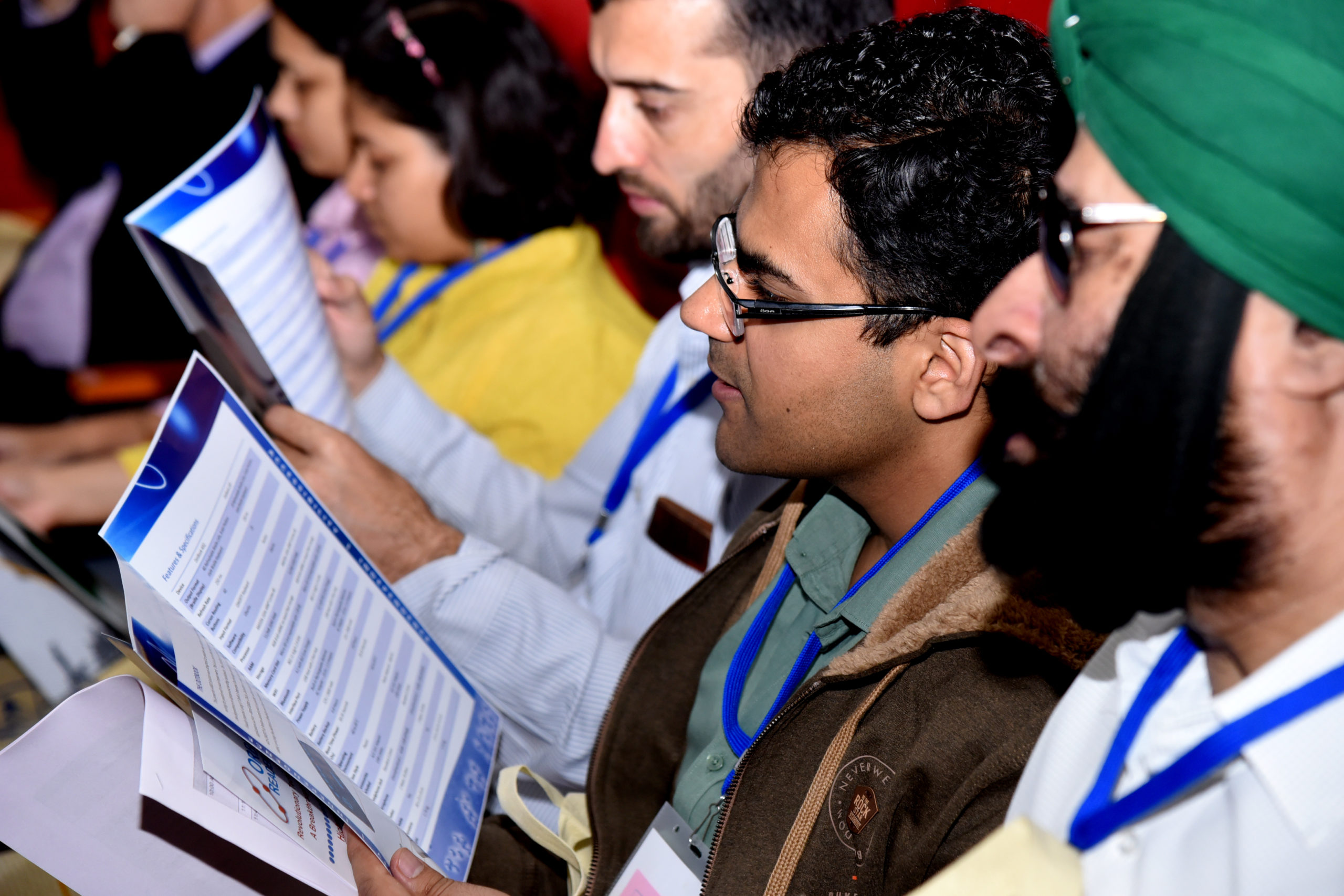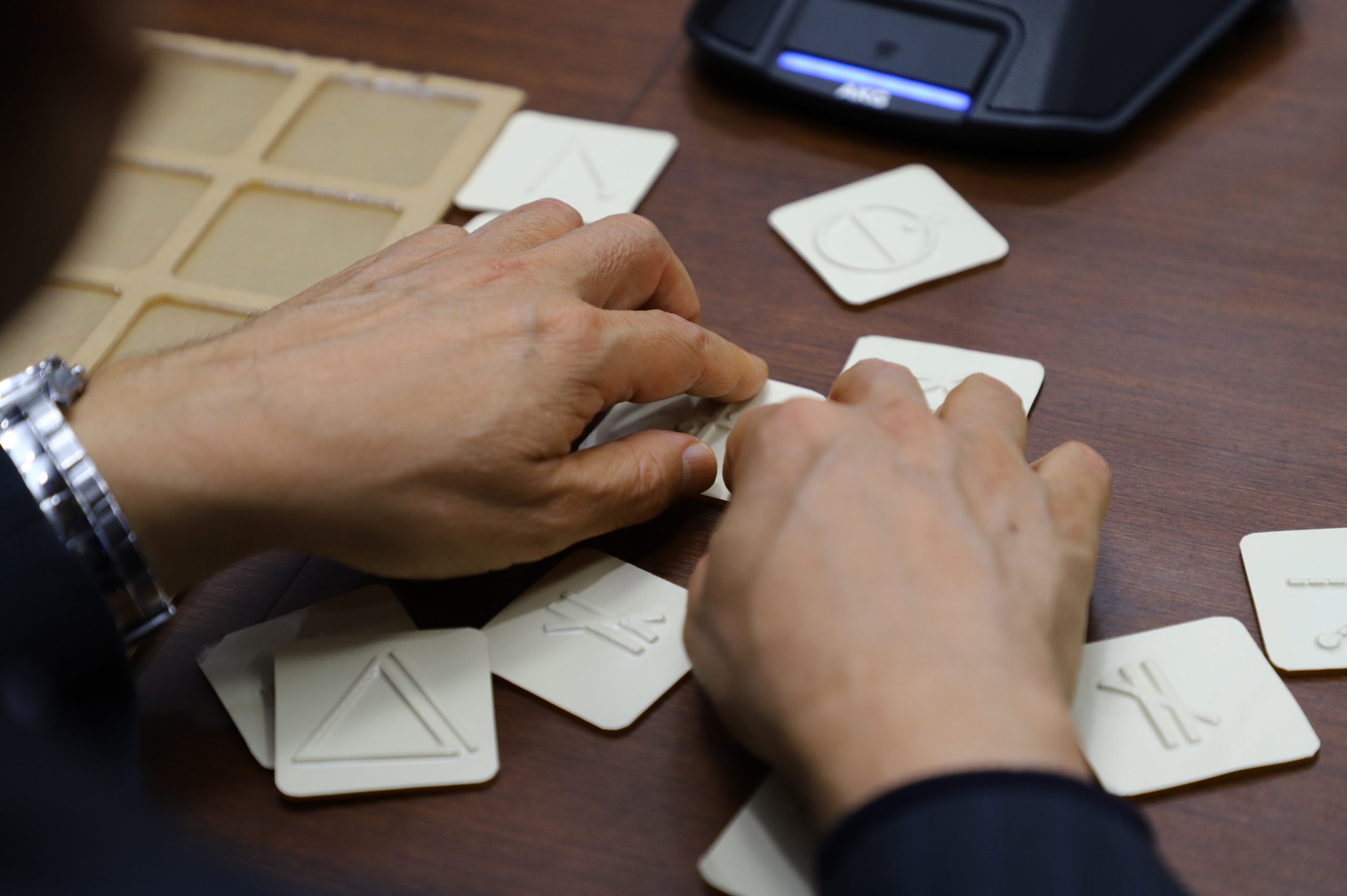Student Design Challenge
Calling students to participate!
Call for Abstracts Closed
About the Student Design Challenge
The Student Design Challenge (SDC) at the EMPOWER conference has been introduced to encourage a greater participation of students and early-stage innovators to contribute to the growing assistive technology sector in India and the Global South. The winning teams will receive cash awards and an opportunity to attend EMPOWER 2023 at IIT Madras Research Park and present their ideas to a distinguished panel of experts in the assistive technology space. At EMPOWER 2022, more than 80 student teams competed to find solutions to challenging AT problems.
For this year’s SDC, teams could pick from the five problem statements given below. Every team will be expected to develop a working/design prototype to address the specific problem they choose. A design prototype can be based on artificial intelligence, software, electrical, or mechanical. A team of mentors will be available to provide guidance to the teams at identified stages during the solution conceptualization/design process. The description of each problem statement is given along with the suitable video links explaining the concerned disability.
You can then express your interest to participate in the Student Design Challenge through the form given below. You will have to mention your chosen problem statement as well as answer a few questions related to the disability domain.
Expression of interest to participate in SDC at EMPOWER 2023
Problem Statements
1. Tactile book for people with visual Impairment
Tactile book for people with visual Impairment
Design and develop a tactile book with images and an audio output to represent the images when the user touches it.
The visually impaired community faces significant challenges when accessing printed materials, particularly tactile books. While tactile books provide a tangible experience through raised graphics and braille text, they lack an audio component that would enhance the reading experience for individuals with visual impairments. Therefore, there is a need for a method to provide audio output for tactile books, allowing visually impaired individuals to access and comprehend the content more effectively.
Video Description: Different kinds of Assistive Technology and Aids for Visual Impairment
Video Links: https://www.youtube.com/watch?v=9huTVJYBFdU
2. Wheelchair on rough terrain for people with mobility impairments
Design and develop a wheelchair suspension system to enhance the comfort and stability of users on rough terrain.
For wheelchair users, navigating rough terrain can be a challenging and uncomfortable experience. Uneven surfaces, potholes, and other obstacles can cause discomfort, pain, and even injury. (i) Design a wheelchair suspension system which absorbs shock and vibrations caused by rough terrain, providing a smoother and more comfortable ride for the user. The suspension system is expected to enhance the comfort and stability of wheelchair users. Also, the system is designed to prevent injuries, such as pressure sores or muscle strains, and reduce the risk of fatigue or discomfort. The system developed should be budget friendly with reduced maintenance costs.
Video Description: Introduction to Assistive Devices and types for people with Mobility Impairment
Video Link: https://www.youtube.com/watch?v=JwRXgxwKEl0
3. Self-Propelled Indoor Wheelchair for people with Mobility Impairment
Design and develop a self-propelled Indoor Wheelchair with Direct Toilet Accessibility
Wheelchair users often face challenges in navigating through indoor spaces, especially when accessing toilets. Traditional wheelchairs can be bulky and difficult to maneuver in tight spaces, which can make it challenging for users to access toilets independently. (i) Develop a wheelchair that is easy to use, safe, and comfortable for individuals who require direct toilet accessibility. The design of the wheelchair will involve several features, including a compact frame, adjustable seat height, and direct access to the toilet. The compact frame will ensure that the wheelchair can navigate through tight spaces, while the adjustable seat height will provide greater flexibility and comfort for users. Direct access to the toilet will eliminate the need for users to transfer to a toilet seat, reducing the risk of falls and injuries.
Video Description: Wheelchair with commode facility for people with mobility impairment
Video Link: https://www.youtube.com/watch?v=Q1_DHjt1peg&t=30s
4. Device to check the Authenticity of currency notes for people with Visual Impairment
Design and develop a device for people with visual impairment to check the authenticity of currency notes.
Visually impaired individuals face challenges in identifying counterfeit currency notes as they are not able to visually inspect them. Currently, available solutions, such as using tactile markers, are not reliable and may not be accessible to all users. Develop a solution which is cost-effective, user-friendly, and accurate device for visually impaired individuals to check the authenticity of currency notes. Additionally, the device’s accuracy and sensitivity need to be evaluated to ensure that it can effectively detect counterfeit currency notes. The device should be accessible to all users and provide clear feedback through a voice or tactile interface, enabling visually impaired individuals to identify genuine currency notes and avoid financial losses.
Video Description: OrCam – Hands-free device can recognize faces and products, read text, tell time and more.
Video Link: https://www.youtube.com/watch?v=nGpym6ozVdI
Video Description: Causes and Treatment for Blindness
Video Link: https://youtu.be/Uz-xKFJvKWc
5. Device to alert the people with hearing impairment using vehicles on the road
Design a rider assist system that can alert the hearing-impaired bike/cycle riders through tactile or visual means.
A consequence of hearing loss is loss of auditory information, and this loss may affect behavior in traffic situations and can reduce traffic safety. The interest in a warning system for driver inattention was high regardless of the degree of hearing loss. The device will have to boost the environmental awareness for those with hearing impairment. It should be water-resistant, pollution-free and economical. Also the device should monitor the rider’s environment by detecting the traffic sound. The preferred warning modalities are light, sound and seat vibration.
Video Description: Hearing Loop and how it works?
Video Link:https://www.youtube.com/watch?v=hlnx3ZImTw0
Video Description: How does hearing aid works
Video Link:https://www.youtube.com/watch?v=AxzVyMcmRcs
Video Description: Introduction to Hearing Impairment
Video Link: https://youtu.be/DorEgGOrl2Q
Timeline
Closure date for expressing interest by student teams through the form link given above
30 June 2023
Briefing session for the interested groups by the mentors (Online)
12 July 2023
Idea refinement by technologists, rehabilitation professionals and end users
11-12 August 2023
First review by mentors; identification of shortlisted teams (Hybrid)
14 August 2023
2nd review by mentors of shortlisted teams and final team declaration
(Online)
1 Sep 2023
Submission of final write-ups/videos by shortlisted teams (Online)
20 Sep 2023
Presentation finalists and selection of winners at EMPOWER 2023 in IIT Madras Research Park
5-7 Oct 2023
For any queries or clarifications, please send an email to 2023empower[at]gmail[dot]com with “Student Design Challenge” in the Subject Line





